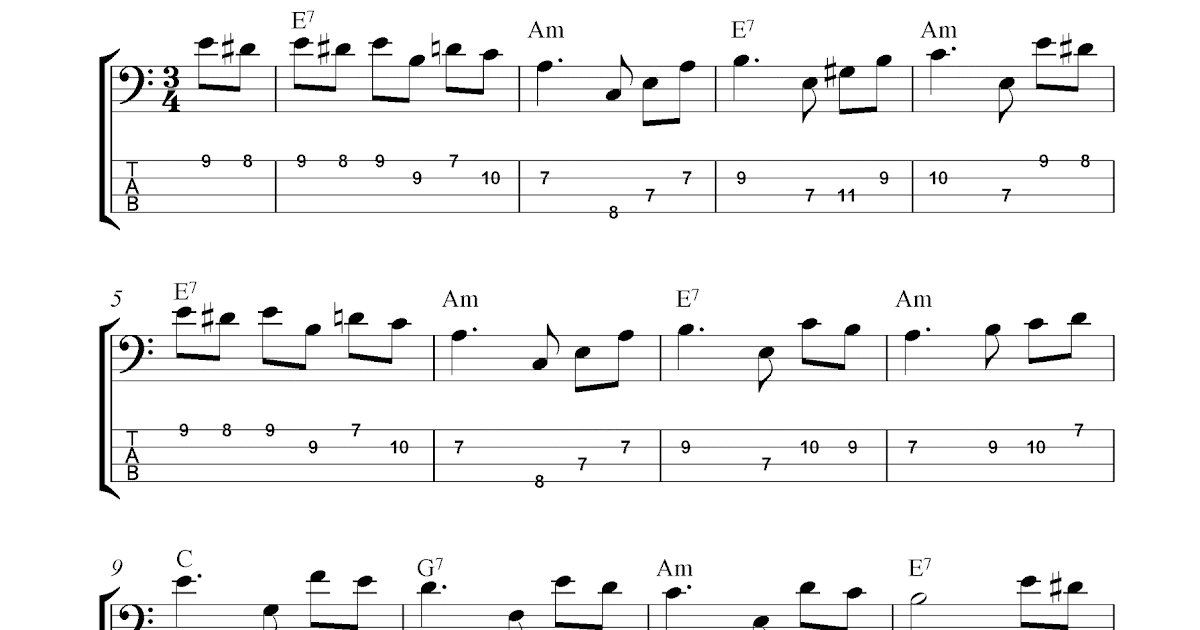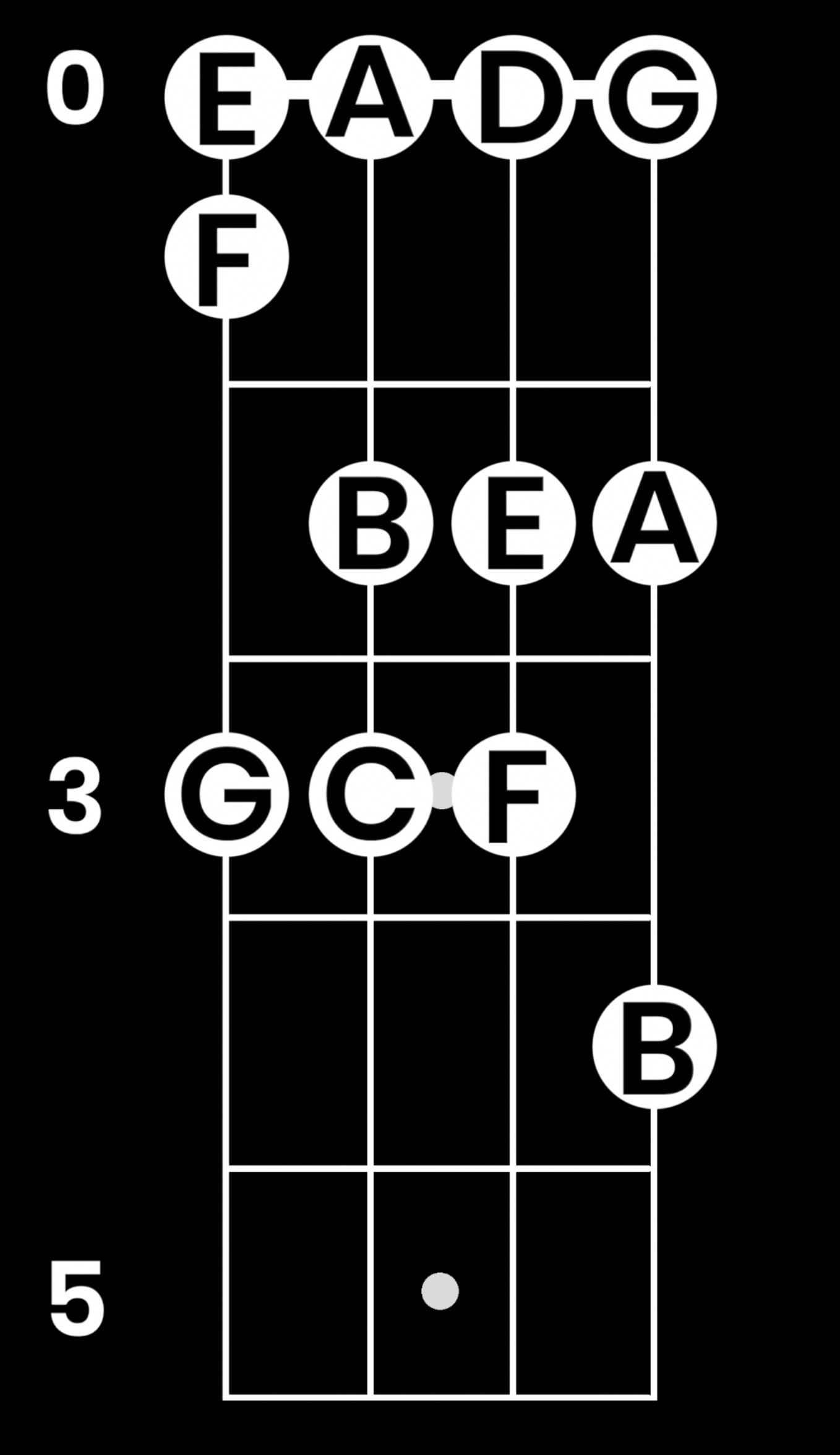

Most people have a little trouble with the backwards part. *Although it may seem stupid, make sure you know the 1st 7 letters in the alphabet forwards and backwards easily. It’s just that the 4th and 3rd strings are more important at first.Īll natural notes (A B C D E F G) are a whole step (2 frets) apart, except between E-F and B-C which are a half step (1 fret) apart. That’s not to say that the 1st and 2nd strings are not important. The notes on these string be will be your anchor for many different common scale and arpeggio shapes you will need to create bass lines. The 4th string is the lowest sound string (closest to the ceiling), and the 1st string is the highest sounding string (closest to the floor).Ĥth=E, 3rd=A, 2nd=D, 1st=G Notes on the 4th & 3rd Strings of the BassĪfter the open strings, the next step is to learn the names of the natural notes on the 4th and 3rd strings. Included with the flashcards you’ll find instructions for games and activities you can do to become a master of quickly reading any note on the staff.The first notes you want to get to know on the bass are the open strings. These flashcards cover both the treble and bass clefs.
#BASS NOTES DOWNLOAD#
To help you practice and get really good at reading notes, our team at Hoffman Academy has designed a set of Grand Staff Flashcards you can download and print for FREE. The note you want is two notes above it, so it must be an A. The note you want is one note below it, so it must be a low B. Take a look at the nearest guide note, bass C. Simply start on the guide note and count up or down the musical alphabet, or move up or down the piano keyboard, to find it.įor example, if you wanted to know what this bass clef note is: The great thing about guide notes is that once you know them, ANY note you see will only be one or two steps away. This looks a little easier to remember than every single note, doesn’t it?
#BASS NOTES HOW TO#
It’s called GROUND G because it’s on the bottom line of the bass clef.Īnd finally, we have LOW C, which is two ledger lines down in the basement.Īnd here is how to find all your guide notes on the keyboard. Next up, BASS C is easy to remember because it sits in the second space on the bass staff, and it’s the only bass clef guide note that’s a space note. The next one you probably already know is: MIDDLE C.

You’ve already learned your first guide note on the bass clef: BASS F. If you learn to recognize guide notes, then you can quickly figure out any other note! These are special notes on the staff that are in easy-to-remember locations.

The best way to learn how to read notes is with GUIDE NOTES.
#BASS NOTES FREE#
Sign up for a free account now and receive over 300 video lessons (and counting!) accessible on any smart device.īut, rather than memorizing which of all those lines and spaces go with which of all those letters and notes, is there a faster way? This F is called “BASS F” and it’s the F just below middle C on the piano.įrom there, you can figure out any other bass clef notes by following the musical alphabet: Just look for the line between the two dots, and any note on that line is an F. Try connecting the two dots to the main symbol – it magically becomes an F! This symbol is placed on the staff to show where the F line is. This funny looking symbol is actually a very old fashioned way to draw the letter F.

Low-sounding instruments like the cello and the tuba, and also the left hand on the piano, will use the bass clef. The bass (sounds like “base”) clef is the place where musicians read and write low notes. Sharpen your bass clef skills with our free set of Grand Staff Flash Cards! Download and print using the link at the end of this post. Hoffman guides you through this mysterious region of the grand staff: What IS a bass clef? Learn how to read bass notes with the help of guides


 0 kommentar(er)
0 kommentar(er)
